PDF-Cued click point technique for graphical password authentication
Author : test | Published Date : 2017-04-01
V aibhav M oraskar et al Computer Science and Mobi le Computing Vol3 Issue1 January 2014 pg 166 172
Presentation Embed Code
Download Presentation
Download Presentation The PPT/PDF document "Cued click point technique for graphical..." is the property of its rightful owner. Permission is granted to download and print the materials on this website for personal, non-commercial use only, and to display it on your personal computer provided you do not modify the materials and that you retain all copyright notices contained in the materials. By downloading content from our website, you accept the terms of this agreement.
Cued click point technique for graphical password authentication: Transcript
Download Rules Of Document
"Cued click point technique for graphical password authentication"The content belongs to its owner. You may download and print it for personal use, without modification, and keep all copyright notices. By downloading, you agree to these terms.
Related Documents

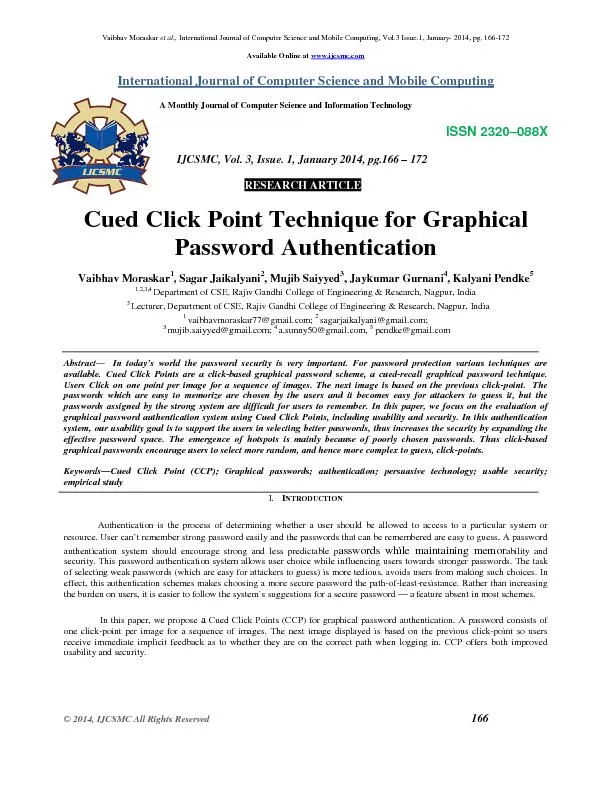
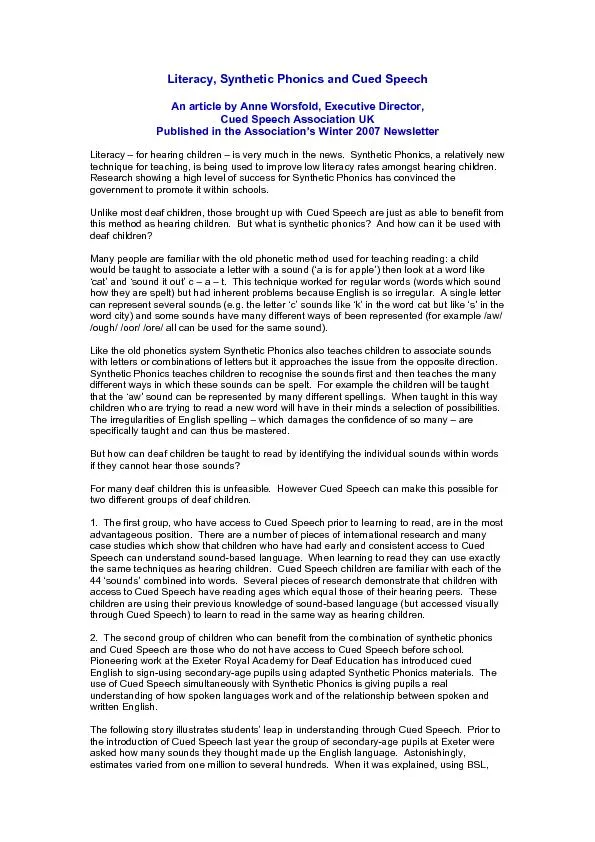
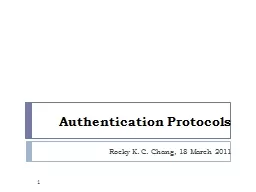
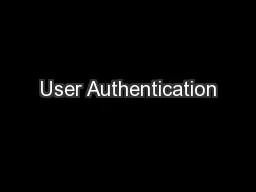
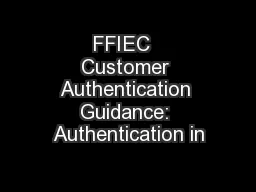
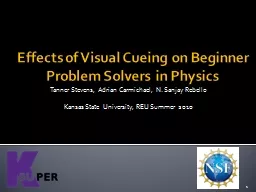
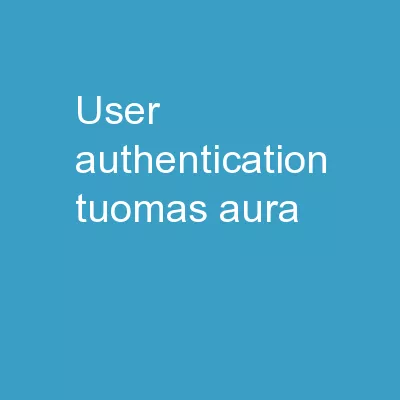
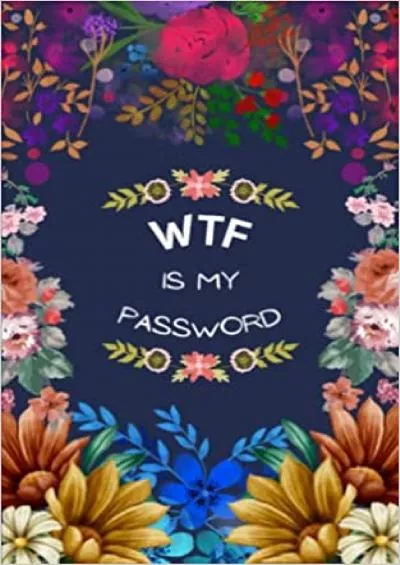
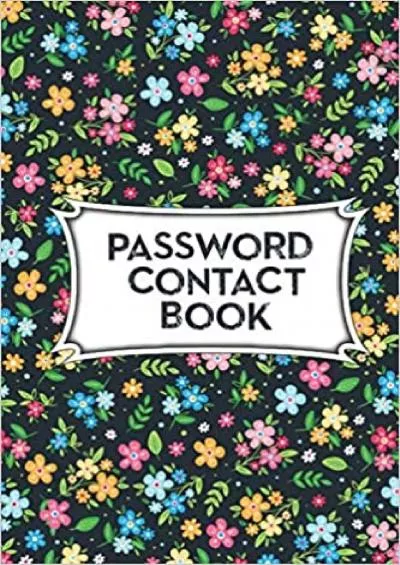
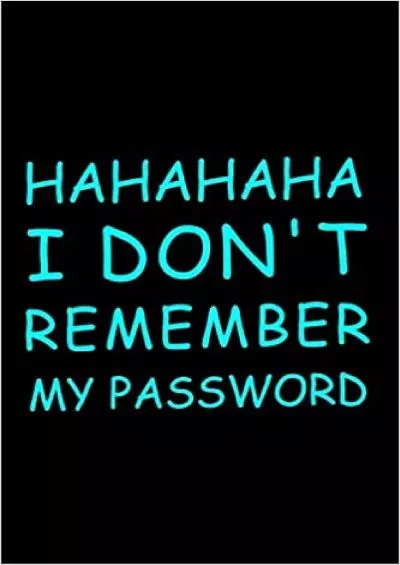
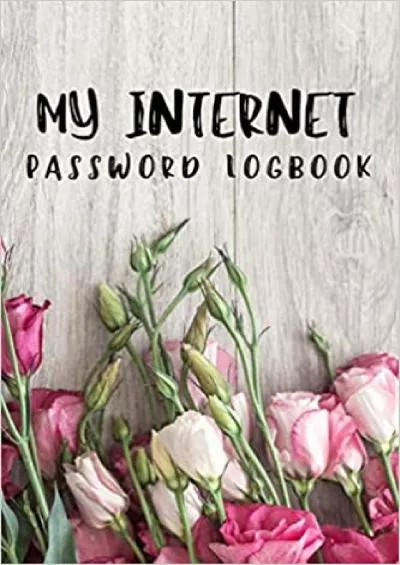
![[READING BOOK]-Password Books With Tabs: Password Books With Alphabetical Tabs, Username](https://thumbs.docslides.com/984281/reading-book-password-books-with-tabs-password-books-with-alphabetical-tabs-username-password-book-6-x-9-in-wtf-is-my-password-book-floral-username-and-organizer-password-logbook-password-keeper.jpg)
![[PDF]-Password Book: Small password book, Password book with alphabetical tabs, Password](https://thumbs.docslides.com/984298/pdf-password-book-small-password-book-password-book-with-alphabetical-tabs-password-journal-password-keeper-password-notebook-password-book-5x8-order-a-z-tabs-password-notebook.jpg)